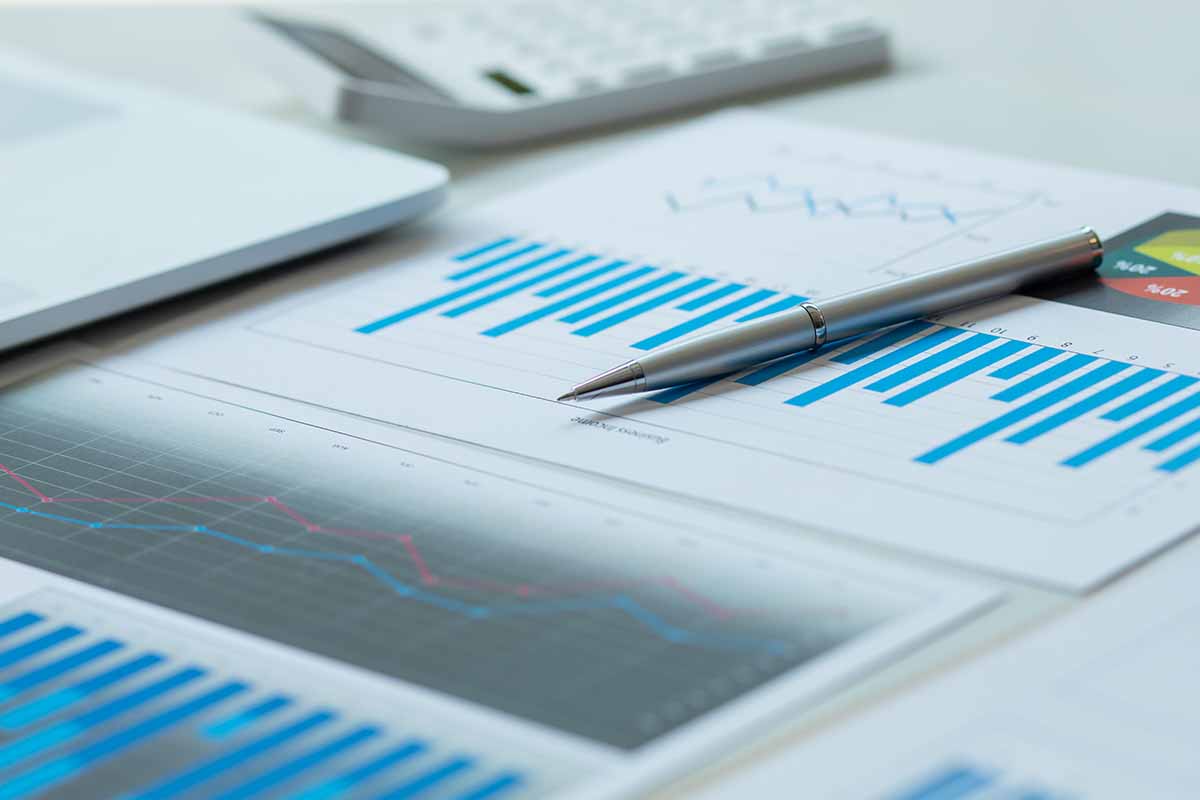
Nine large companies that are part of World Wildlife Fund’s ReSource: Plastic project reported that they increased their average use of recycled plastic from 10.2% in 2021 to 12.0% in 2022. | David Gyung/Shutterstock
Some of the largest brand owners slightly increased the amount of recycled plastic they used globally in 2022. And in the U.S., end market demand for RPET grew notably last year, even as bottle collection slipped.
These are some takeaways from reports released in December by the World Wildlife Fund (WWF) and the National Association for PET Container Resources (NAPCOR) detailing various plastic recycling metrics in 2022.
Brand accountability
The WWF report published in December is the fourth edition of the annual update from WWF’s ReSource: Plastic project. Launched in 2019, the project has brands voluntarily join and report their plastic consumption and waste management practices each year.
Titled Transparent 2023, the report shines a light on global 2022 progress – or lack thereof – by some of the biggest users of plastic packaging. It breaks plastic use down by polymer, packaging format, use of recycled content and more.
The group of nine member companies increased its average use of recycled plastic from 10.2% in 2021 to 12.0% in 2022. During the same period, virgin plastic use decreased from 89.5% to 87.8%, and biobased content hit 0.3%. Total plastic use among the companies increased from 7.2 million metric tons in 2021 to 7.26 million metric tons in 2022, according to the report.
By region, the brands used the most recycled content in Europe and Central Asia, at 20% of the total packaging portfolio in that region, followed by Latin America and the Caribbean (16%), North America (12%), East Asia and the Pacific (7%), Sub-Saharan Africa (6%), the Middle East and North Africa (3%) and South Asia (1%).
By company, recycled content use was as follows:
- Amcor
- 2021: 5.6% (out of 2.37 million metric tons)
- 2022: 8.4% (out of 2.16 million metric tons)
- Colgate-Palmolive
- 2021: 14.2% (out of 279,000 metric tons)
- 2022: 14.7% (out of 260,000 metric tons)
- CVS Health
- 2021: 1.6% (out of 12,100 metric tons)
- 2022: 0% (out of 11,600 metric tons) (unable to collect data in 2022)
- Keurig Dr Pepper
- 2021: 11.5% (out of 243,000 metric tons)
- 2022: 17.7% (out of 247,000 metric tons)
- Kimberly-Clark
- 2021: 3.1% (out of 86,400 metric tons)
- 2022: 2.7% (out of 105,000 metric tons)
- McDonald’s Corporation
- 2021: 0.8% (out of 162,000 metric tons)
- 2022: 1.3% (out of 164,000 metric tons)
- Procter & Gamble
- 2021: 9.0% (out of 679,000 metric tons)
- 2022: 10.7% (out of 685,000 metric tons)
- Starbucks
- 2021: 4.6% (out of 151,000 metric tons)
- 2022: 6.6% (out of 153,000 metric tons)
- The Coca-Cola Company
- 2021: 13.6% (out of 3.22 million metric tons)
- 2022: 14.9% (out of 3.47 million metric tons)
The vast majority of plastic used by member companies was PET in bottle form, constituting 66% of all members’ packaging in 2022. Flexibles were the next highest, at 14%.
Beyond its brand members, the WWF project involves collaborative work with the Ellen MacArthur Foundation, Ocean Conservancy, U.S. and Canada plastics pacts, American Beverage Association, the World Economic Forum, The Recycling Partnership, Circulate Capital, the Plastic Leak Project and energy research firm Wood Mackenzie.
RPET bottle end market demand increases
The U.S. PET bottle recycling rate was 29% in 2022, down slightly from 30.3% in 2021, according to NAPCOR. For all of North America, the rate was at 37.8% in 2022, down from 38.4% the prior year. (Those 2021 numbers are slightly higher than NAPCOR initially reported – Executive Director Laura Stewart explained NAPCOR revisited the 2021 data with additional perspective and methodology that moved the collection rate percentage.)
Despite the slight fluctuations, the PET bottle recycling rate has remained close to 30% for a decade now. The rate includes both food/drink and non-food/drink bottles and it excludes thermoforms.
NAPCOR also reported a 15% increase in the amount of recycled content used in U.S. bottles. This market consumed 870 million pounds of RPET in 2022, NAPCOR reported. Bottles remain the largest end market for RPET, and they increased their share of the market in 2022.
The industry group predicts that recycled content demand growth will continue, and NAPCOR warned that “significant increases in PET collection would be needed to match the recycled content demands of the future.” As an example, NAPCOR noted that for the U.S. to hit 25% recycled content in all PET bottles – an oft-discussed target by 2025 – plastics processors would need to bring in 1.75 billion pounds of PET, or 85% more than was collected in 2022.

